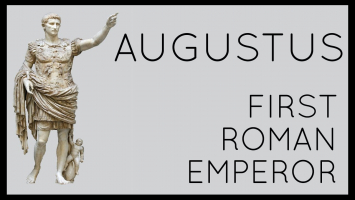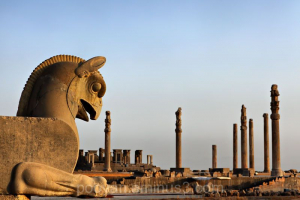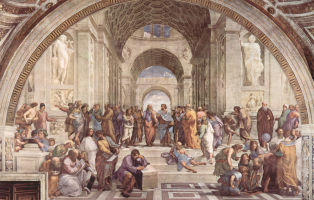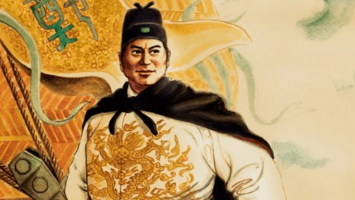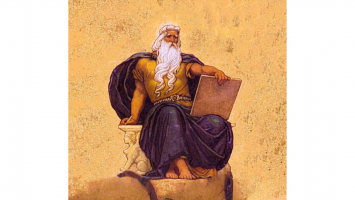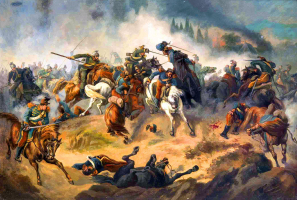Top 10 Fascinating Facts About the First Babylonian Dynasty
What is the typical person's knowledge of Babylon? They have probably heard the term "whore of Babylon." They also saw them as bad guys from the Bible because ... read more...they subjected Israel to one of God's judgments. Maybe they'll recall anything from history class, or if they enjoy video games, from playing Civilization, about Hammurabi's Code of Laws. The civilization of Babylon encompasses a huge amount more. Even if you restrict the scope of your analysis to the Amorite Dynasty, it remains the case. They established the empire's first dynasty, which reigned from 1894 BC to 1595 BC. Even the most ardent Abrahamic believers can find these particular individuals interesting without feeling guilty because they ended more than a millennium before Babylon destroyed Israel about 586 BC, becoming one of history's villain characters for millennia. Here are some Fascinating Facts About the First Babylonian Dynasty.
-
By putting an end to the uprising against Samsu-iluna, the Kassites to the east of Babylon unintentionally spared the First Dynasty for a while, but ultimately they also put an end to that dynasty. A Hittite army led by Mursulius I invaded Babylon in 1595 and destroyed the capital. The army originated in what is now Turkey. Although the Hittites had no desire to remain and maintain their dominance, they had weakened Babylon to the point that the Kassitites could take advantage of the power vacuum and rule for nearly five centuries—a period that was actually considerably longer than the First Dynasty could.
Yet the Amorites had a surprising amount of control over the Kassites even as they were being subjugated. The Babylonian religions not only persisted but also spread to the Kassites. Agum-Kakrime, the first king of the Kassite Dynasty, did in fact engage in combat with the Hittites and is credited with recovering a Marduk statue that the Hittites had allegedly taken. It was possibly one of the biggest triumphs a dynasty had ever achieved from the afterlife. In the eerie comedy book Return of the Living, which he co-wrote with Jonathan "Bogleech" Wojcik, Dustin Koski discusses another dead empire.
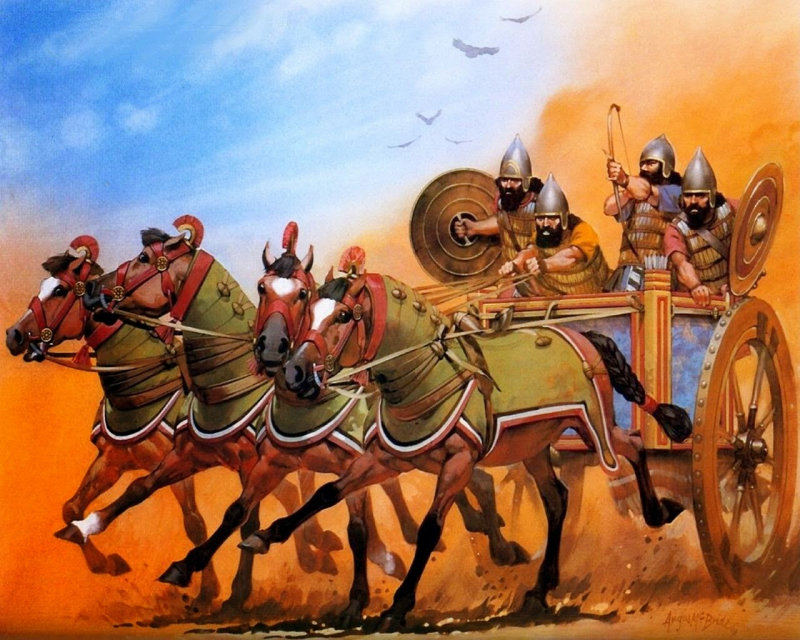
https://www.google.com 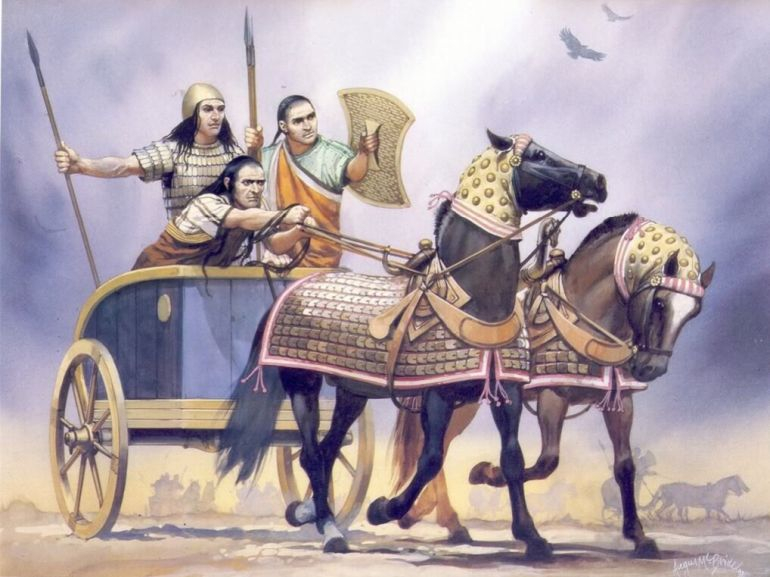
https://www.google.com -
What distinguishes a statue from other objects? Something so basic that you wouldn't even consider it to be a feature of a statue? It was to be a free-standing, three-dimensional edifice in the instance of the Babylonians. Before the arrival of its masons, statues were essentially two-dimensional bas reliefs that protruded from walls. They were first constructed separately by the Babylonians, who also gave them a high level of realism.
Alabaster, diorite, and limestone were preferred by Babylonian stone carvers. With the tools of the time, none of these materials were particularly plentiful or convenient to ship, so highly skilled artisans were strongly preferred to anything resembling mass production. Additionally, their dynasty was among the first to decorate objects like clay pots. It comes as no surprise that Babylon was renowned for being possibly the most beautiful city in the world, even centuries before the fabled Hanging Gardens came and left, given the level of artistic development at the time.
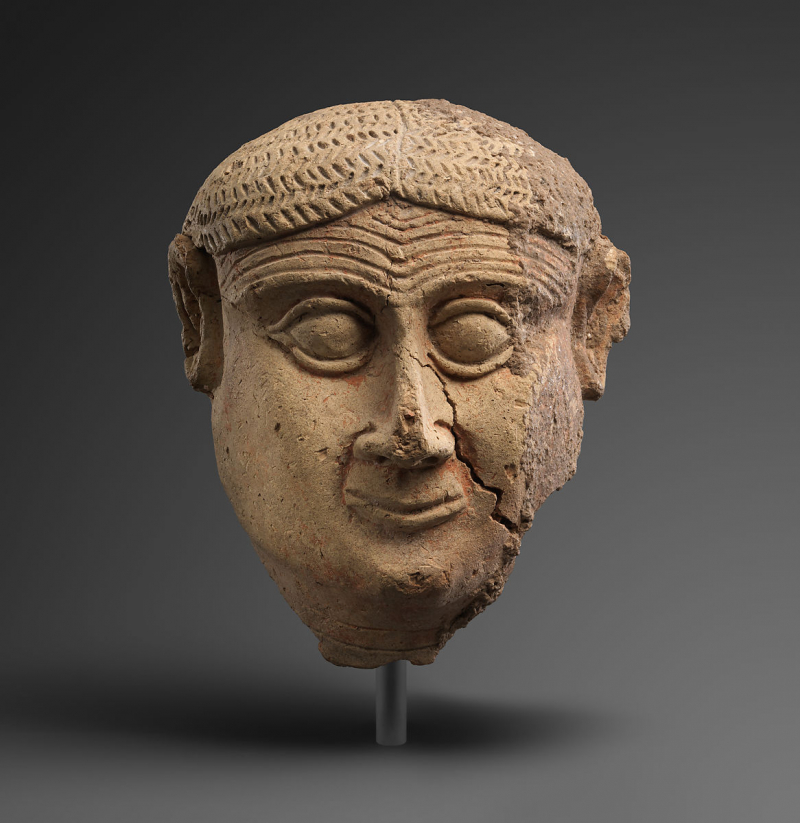
https://www.google.com 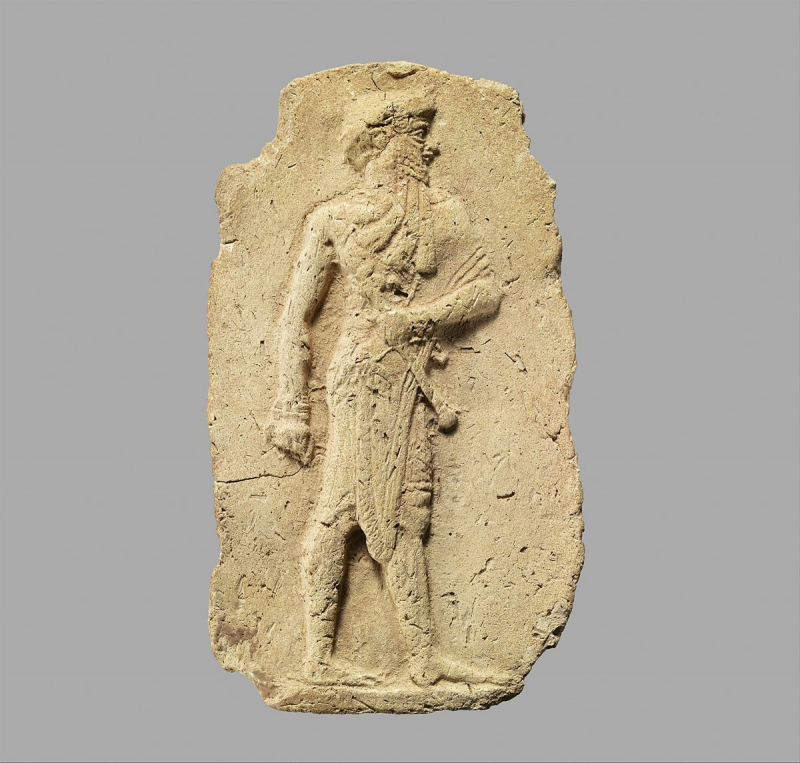
https://www.google.com -
One of the First Dynasty's main concerns was maintaining the good graces of the priests and paying homage to Marduk, Babylon's most revered god, when they weren't trying to extend the empire or, more frequently, trying to keep the existing areas of the empire in the fold by quelling rebellions. This mostly amounted to tithing like crazy, as the approval of Marduk was meant to provide the king of kings with his divine destiny.
Hammurabi was known for buying their favor despite all of his military prowess, but he was also known for passing extremely strict laws for priests, such as making drinking by holy people a crime punishable by death. Although some kings bought the priesthood to pronounce them eternal, only the most desperate rulers tended to do this because it was so obvious that this was not the case in reality.
The Babylonian priesthood could dream big because of all the wealth that had been pouring into them throughout the years. Along with the construction of numerous impressive temples around the empire, new technologies also appeared. One of the earliest structures in human history to use columns in its architecture were Babylonian temples.
Given that the bricks being used at the time were still entirely unfinished, this was more of an utilitarian choice than an attractive one. The fact that it was a capital penalty for a building to fall and kill a person gave Babylonian construction workers every incentive to be extremely cautious.
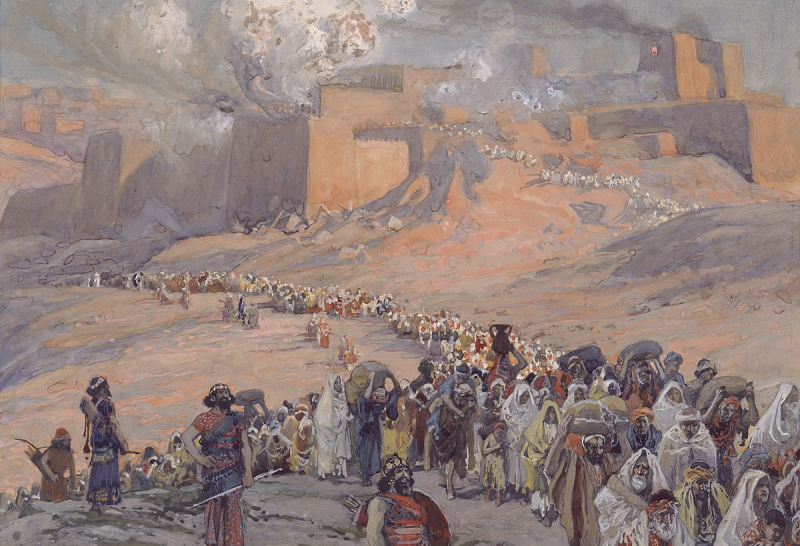
https://www.google.com 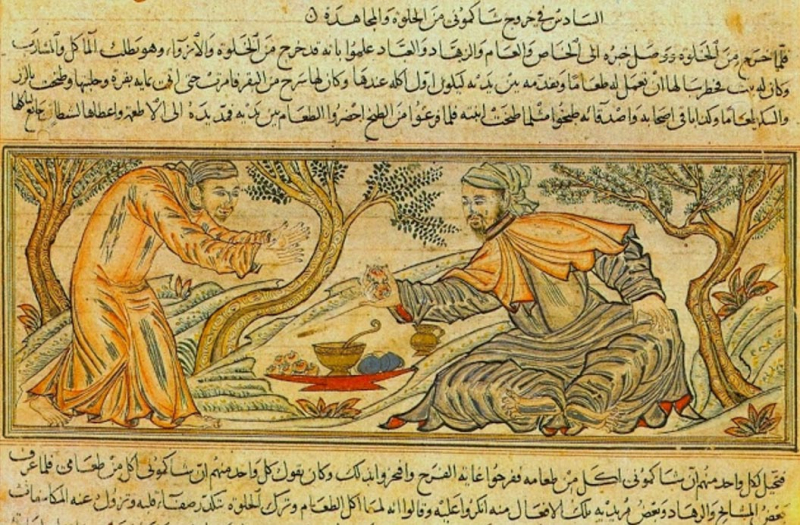
https://www.google.com -
Today, more people than any other historical empire associate Greek astronomy. The oldest astronomers we can identify are people like Pythagorus, and all the constellations we are aware of have Greek names. As it turns out, the First Dynasty made significant advancements in astronomy at the same time they cursed future generations of students with trigonometry and algebra, such as the recording of the Transit of Venus under King Ammisaqda (1646-1626 BC).
Alexander the Great's conquest of Babylon would result in the rapid dissemination of astronomical knowledge across the Greek Empire, with Babylon clearly serving as the catalyst. To be fair to the Greeks, they didn't simply replicate the homework of the Babylonians at the time. Geographers like Strabo of Amasia would pay in-depth homage to the astronomical (in all senses of the word) achievements of the Babylonians centuries after Alexander's conquest. To give them their due, it wouldn't hurt to give a few constellations Babylonian names.
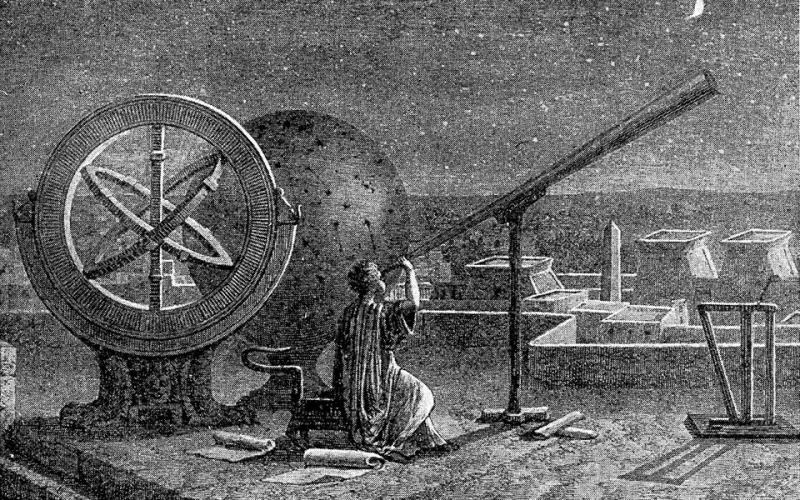
https://www.google.com 
https://www.google.com -
If you're one of the select few list readers who doesn't skip the introductions, you surely noted that the first Babylonian Dynasty was referred to as "Amorite," even if it's unlikely that you knew what that term meant. As it turns out, a group of raiders looking for a place to graze their horses was the very unexpected catalyst for Babylon's rise to prominence as one of Ancient Mesopotamia's largest and unquestionably most renowned civilizations.
The Amorites were a nomadic people who originated in what is now Syria. They were taken into Mesopotamia by their chieftains, who were mostly looking for pasture land. Although several of the surviving Sumerian narratives belittle them for not even being technologically advanced enough to "know grain," the primitives emerged victorious after defeating both the Sumerians and the Babylonians.
This may resemble tales of the barbarians that attacked Rome in its early years of existence or the Mongols, who established the biggest empire in history. While not an agricultural society, the Amorites were distinct in that they established long-lasting rule over the towns they conquered. The hot-blooded nomadic lifestyle of the Babylonians may have contributed to their development into one of the first empires, but because there were five kings between their conquest of Babylon and Babylon's rise into an empire, those genes must have been extremely recessive.
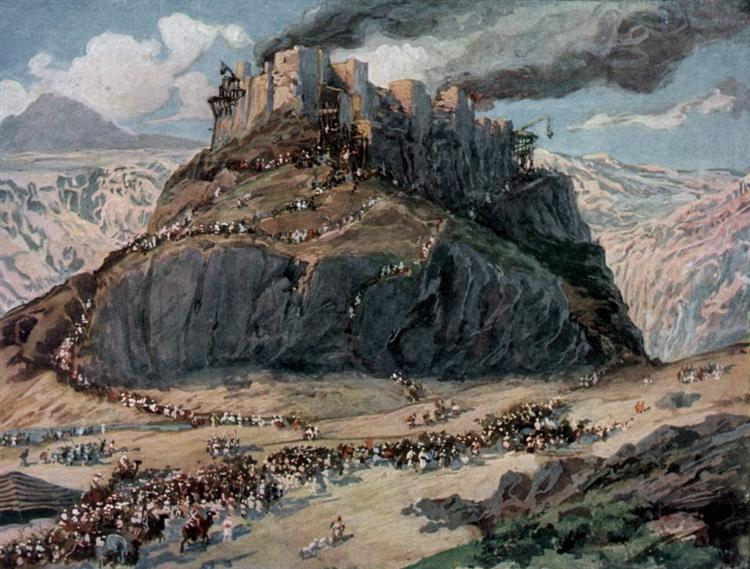
https://www.google.com 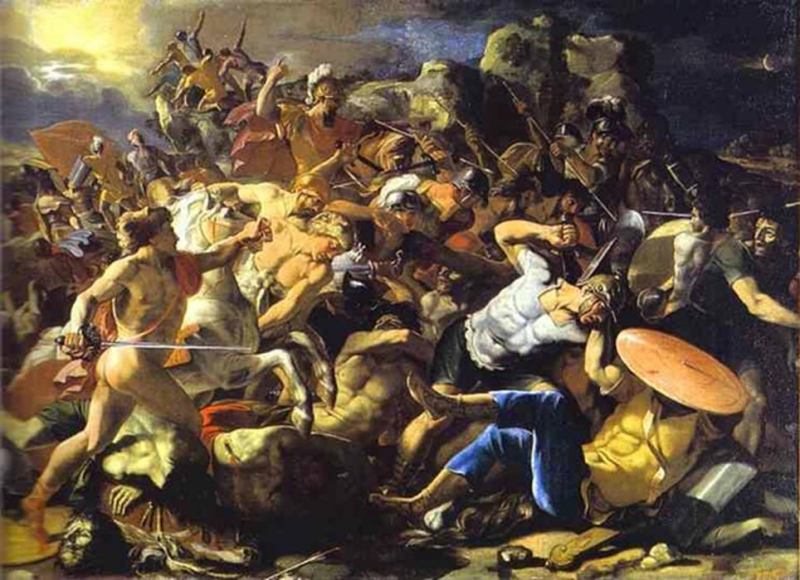
https://www.google.com -
While Hammurabi's successors by no means merited being disregarded in the manner in which they have mostly been by historians, his forerunners were also no slouches. One could argue that Sin-Muballit, the father of Hammurabi, who ascended to the throne of the city-state of Babylon in 1748 BC, was the first monarch of the First Dynasty because he was the first to formally declare himself King of Babylon. He had to deal with Babylon's long-time adversaries, the dynasties of Larsa and Isin.
Sin-Muballit successfully repelled an assault from the city-state of Ur in the thirteenth year of his rule. Sin-Muballit maintained the initiative and launched an attack on the city of Isin, indicating that he was no longer satisfied for his city-state to merely maintain its position. He took control of it in the seventeenth year of his rule.
He had two more years to rule and establish his authority, but it was he who started Babylon on the path of conquest that would eventually lead to the creation of an empire. Given that he ruled for only 19 years and that Babylon was not yet a superpower that could afford to record the minutiae of the king's life in clay, it is perhaps a little reasonable why his reign is so overshadowed.
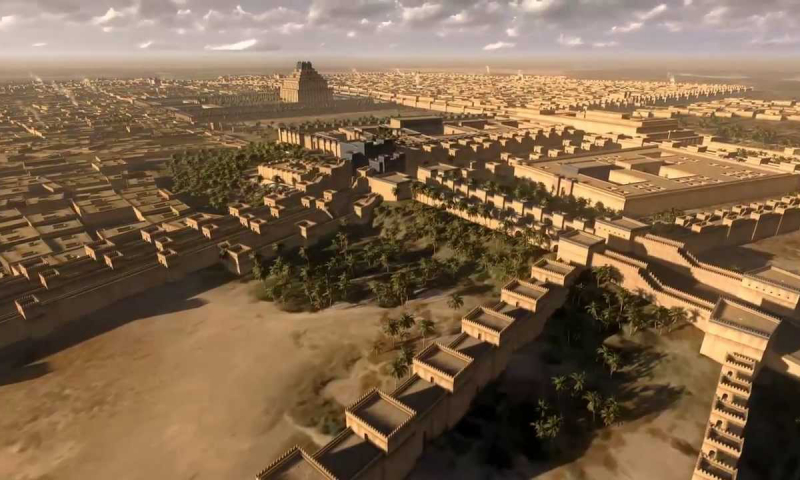
https://www.google.com 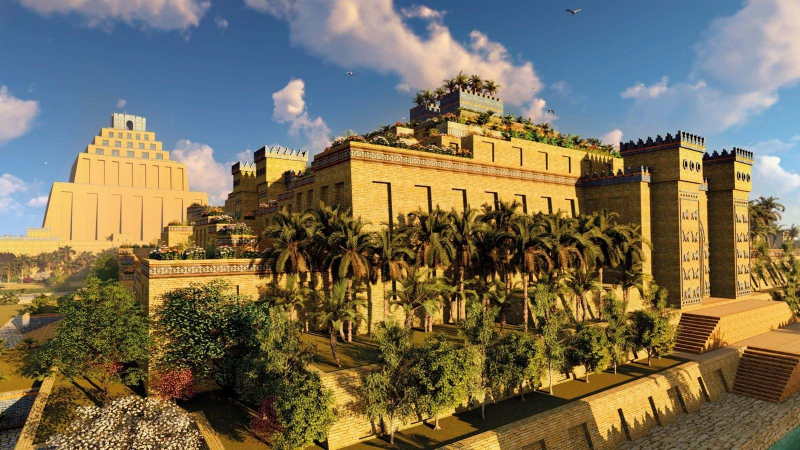
https://www.google.com -
When Samsu-son iluna's Abiesh assumed the throne, the situation had significantly improved, but he still had to deal with his own rebellions. In one instance, he came up with a solution that seemed millennia ahead of its time. After routing the Elamite rebel troops in the 19th year of his rule, Abiesh was driven to seize a rival monarch who was rumored to be from "Sealand." Abiesh chose engineering as a backup plan to an army. He had the Tigris River dammed so that flooding would obstruct the enemy's escape route.
Surprisingly, despite the fact that the Babylonians were successful in changing the direction of one of the two main rivers that contributed to Mesopotamia becoming the Fertile Crescent, history shows that they were unsuccessful in capturing the king they were hunting. As far as official records go, that is an astoundingly disgusting amount of honesty.
The surviving records of Abiesh suggest that he was more concerned with supply chains and goods, such as grain shipments and pack animals for cities in need, and his success in those fields goes to show that his failure to capture an enemy king by no means indicated his reign was a failure overall. This is contrary to what his very materialistic and indirect solution to a military challenge implied.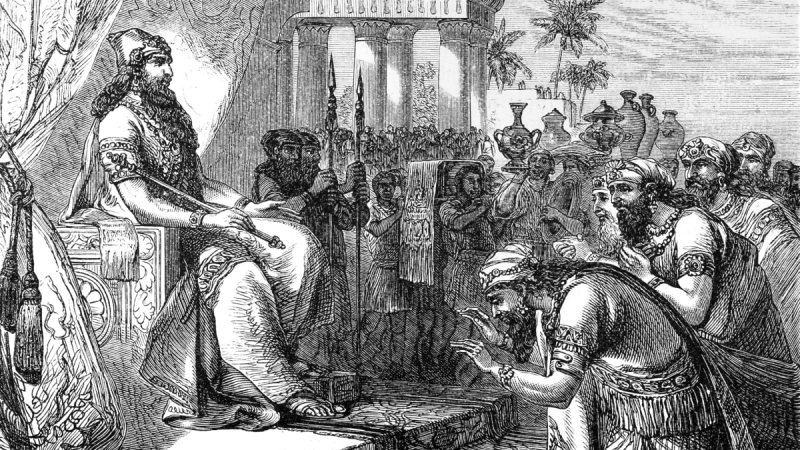
https://www.google.com 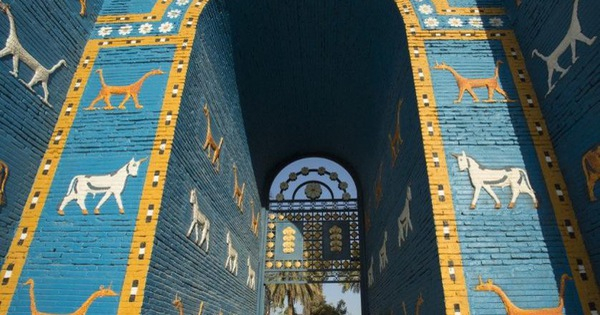
https://www.google.com -
Some people prefer to overestimate Hammurabi's contribution to Babylon's success as an empire, portraying the empire as having collapsed the moment he resigned. This could appear to be reinforced by the fact that dozens of cities—basically everything Hammurabi had conquered—rose up in rebellion. As it turned out, Samsu-iluna did a respectable job of maintaining his father's dominion during his rule from 1750 to 1712 BC, despite the fact that he is far less well-known than his father.
Samsu-iluna was taken off guard when practically every important city in the Southern Region of the empire rose in rebellion, but he soon regrouped. In less than two years, he had put an end to the uprising and gained the support of rival monarchs like Rim-Anum of the important city of Uruk. Ironically, he was immensely helped by the entrance of a powerful antagonist of the Babylonian Empire.
When the Kassites invaded the south, a considerable portion of the opposition populace became a throng of refugees that Samsu-iluna had to take in. Samsu-ilana wasn't exactly kind, as his efforts to put down the uprising and drive the Kassites out severely destroyed the Southern areas' infrastructure, which was never entirely restored until the First Dynasty. Samsu-iluna killed 26 enemy kings in total. While Hammurabi had conquered and defeated the rulers of these areas, it was his son, who was mostly disregarded, who demonstrated that the First Dynasty would endure as a significant authority for the area.
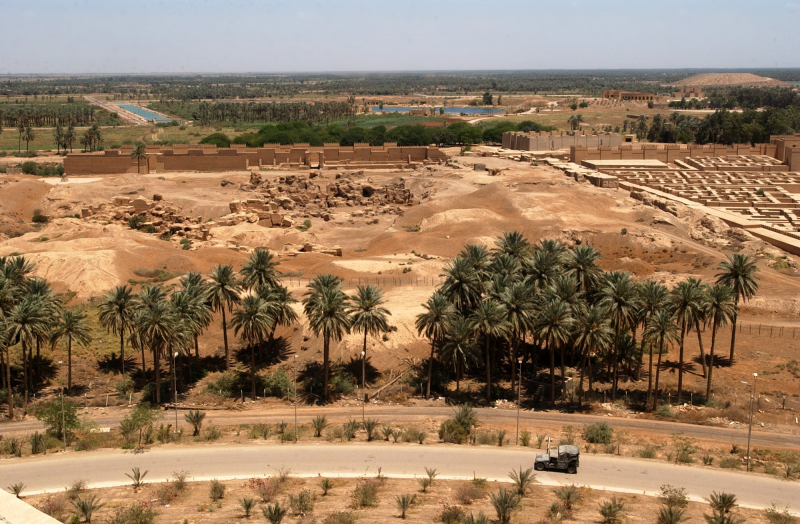
https://www.google.com 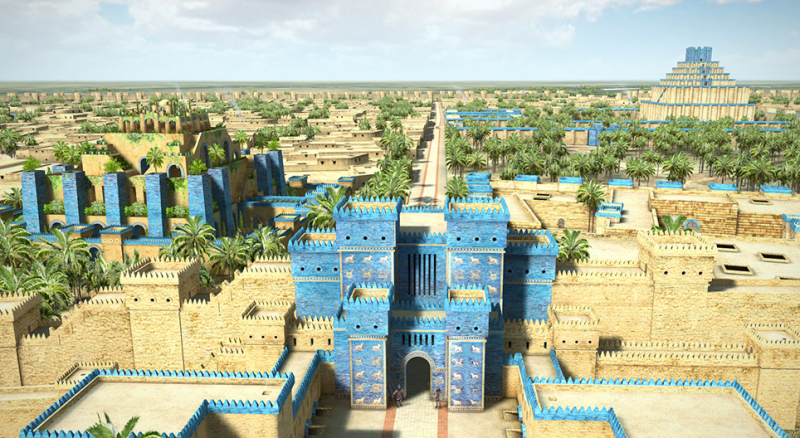
https://www.google.com -
The sixth monarch of the dynasty, Hammurabi, is best renowned for codifying a set of rules, as was already suggested. His code of laws predates the Ten Commandments of Moses by centuries because he ruled from 1792 to 1750 BC. Oddly, clay tablets with his code still on them date from a very long time ago. You've surely heard that it stipulates that a successful surgeon must receive 10 shekels in compensation; nevertheless, if the patient died, the surgeon forfeited a hand. Actually, that's not the law that defies contemporary thought the most.
For instance, one of Hammurabi's laws practically mandated that, once someone was executed for burglary, their body be buried on the property of the house they had broken into. This seems like at least a little bit of a nuisance for a family that has just been through such a traumatic experience. In the event that no burglar was apprehended, the neighborhood effectively took on the role of the household's insurance provider by requiring the homeowner to formally register their losses before receiving collective compensation from the neighborhood. Another legislation stipulated that the wife of a soldier taken prisoner during the war who had children with another man after their home ran out of food had to return to her husband if he returned, but the paramour was given custody of the kids.
While it is reasonable that being a construction worker in a structure that fell and killed a homeowner was punishable by death, it is maybe less understandable that if the homeowner's child perished in the collapse, the construction owner's child would also be sentenced to death. Despite the fact that it would seem much more fitting to bury a burglar there, this was not the case in either case. Being a female tavern keeper where a gang of thieves congregated was likewise punishable by death, however there were no requirements that the keeper be a knowing accomplice.
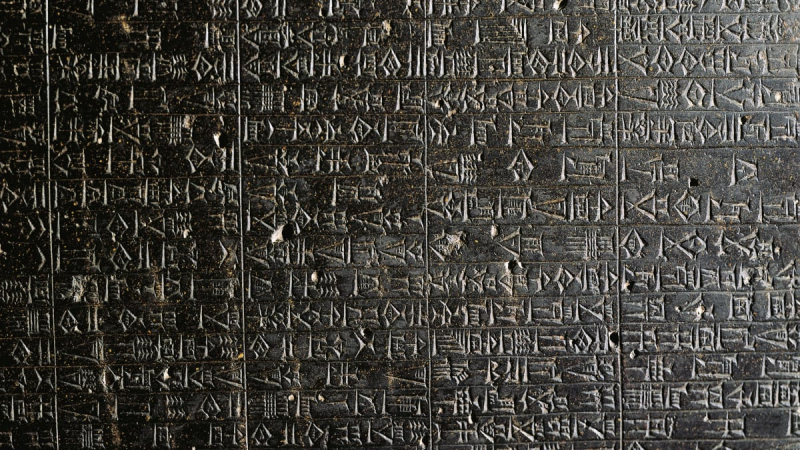
https://www.google.com 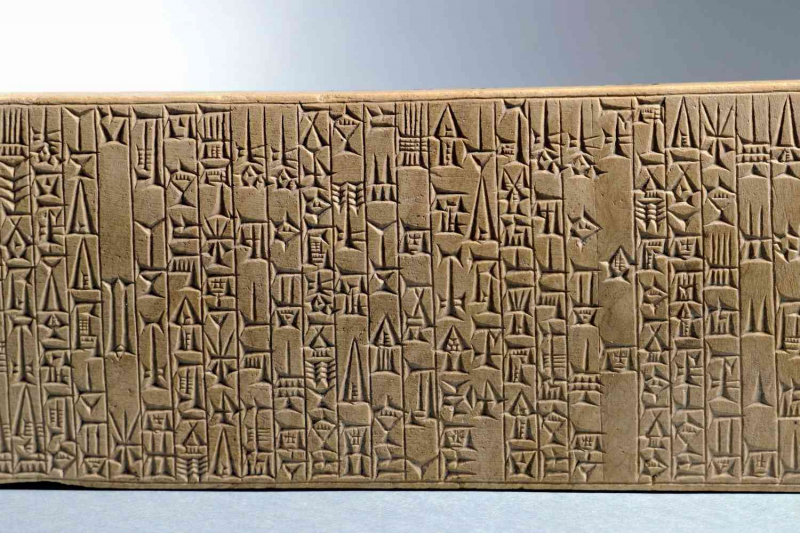
https://www.google.com -
A lot of people don't think that being brilliant at geometry, trigonometry, and algebra is all that fun. However, these are some of the civilization-advancing accomplishments that the Babylonian Empire is most notable for. This is unquestionably proven by the fact that they were courteous enough to write down their mathematical tables on cuneiform clay tablets, which were utilized as teaching tools for the most accomplished students.
Furthermore, First Dynasty Babylonians were able to identify applications for complex mathematics that the bulk of pupils today have never been able to. They were able to create and target modern siege weapons for their time, which was crucial for subduing foes like the Akkadian Empire. Additionally, it was useful for maximizing agricultural yields and dividing up scarce arable land.
They were so lauded for their mathematical prowess that speculation in 2017 that a particular cuneiform known as Plimpton 322 might provide a better trigonometry model than those currently in use was aggressively refuted by Scientific American in August of that same year, warning everyone not to "fall for [the] hype."
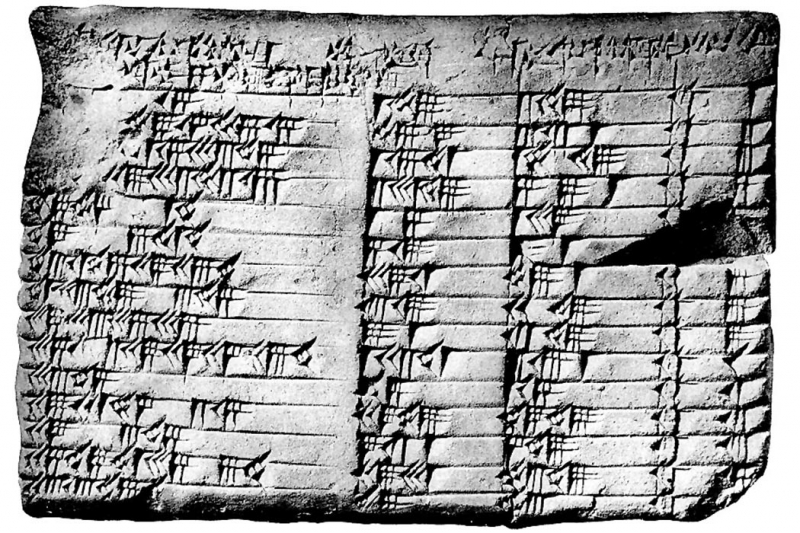
https://www.google.com 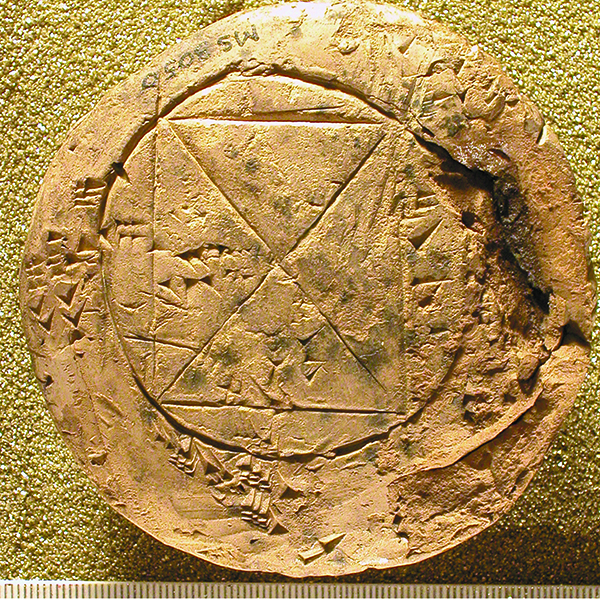
https://www.google.com












